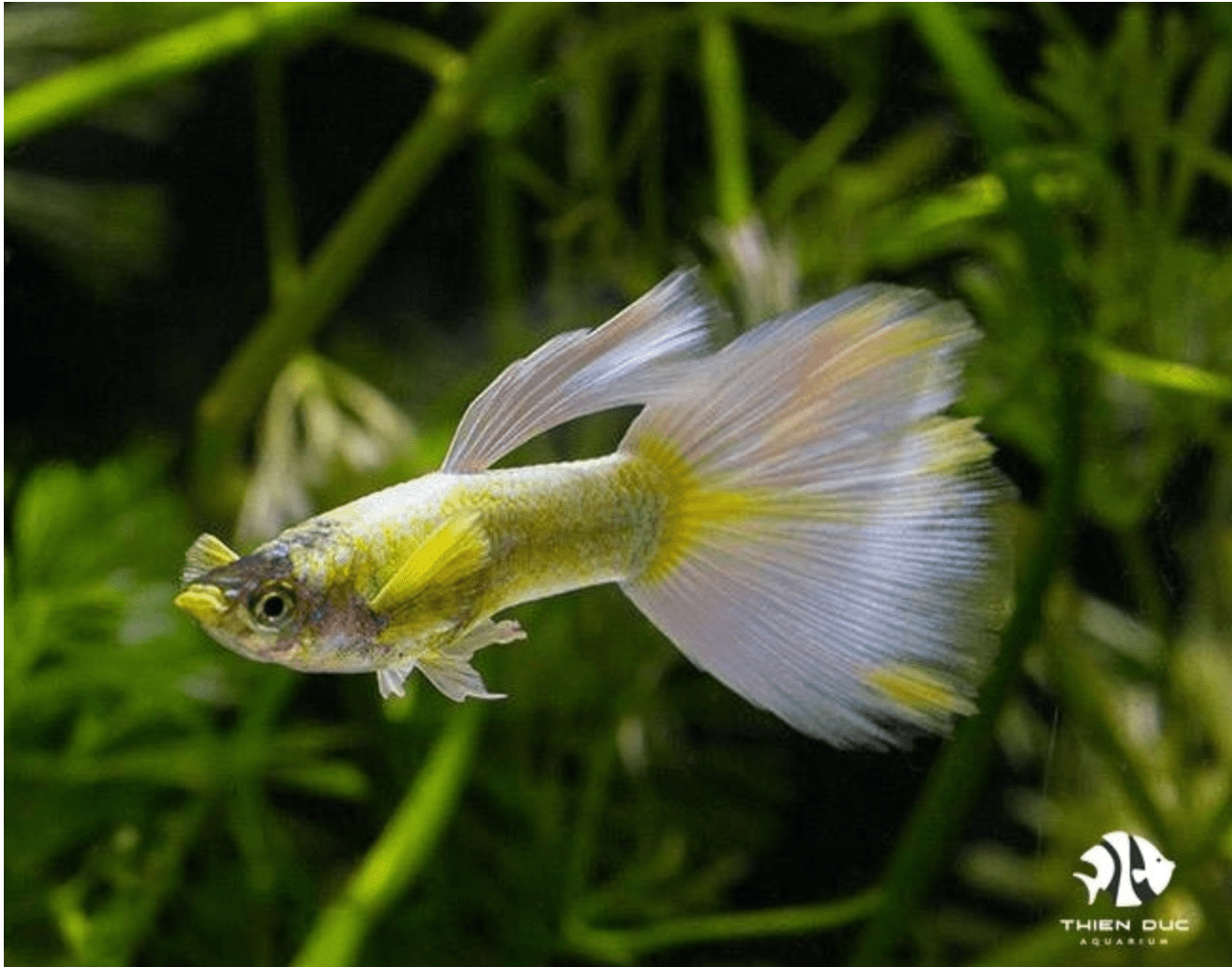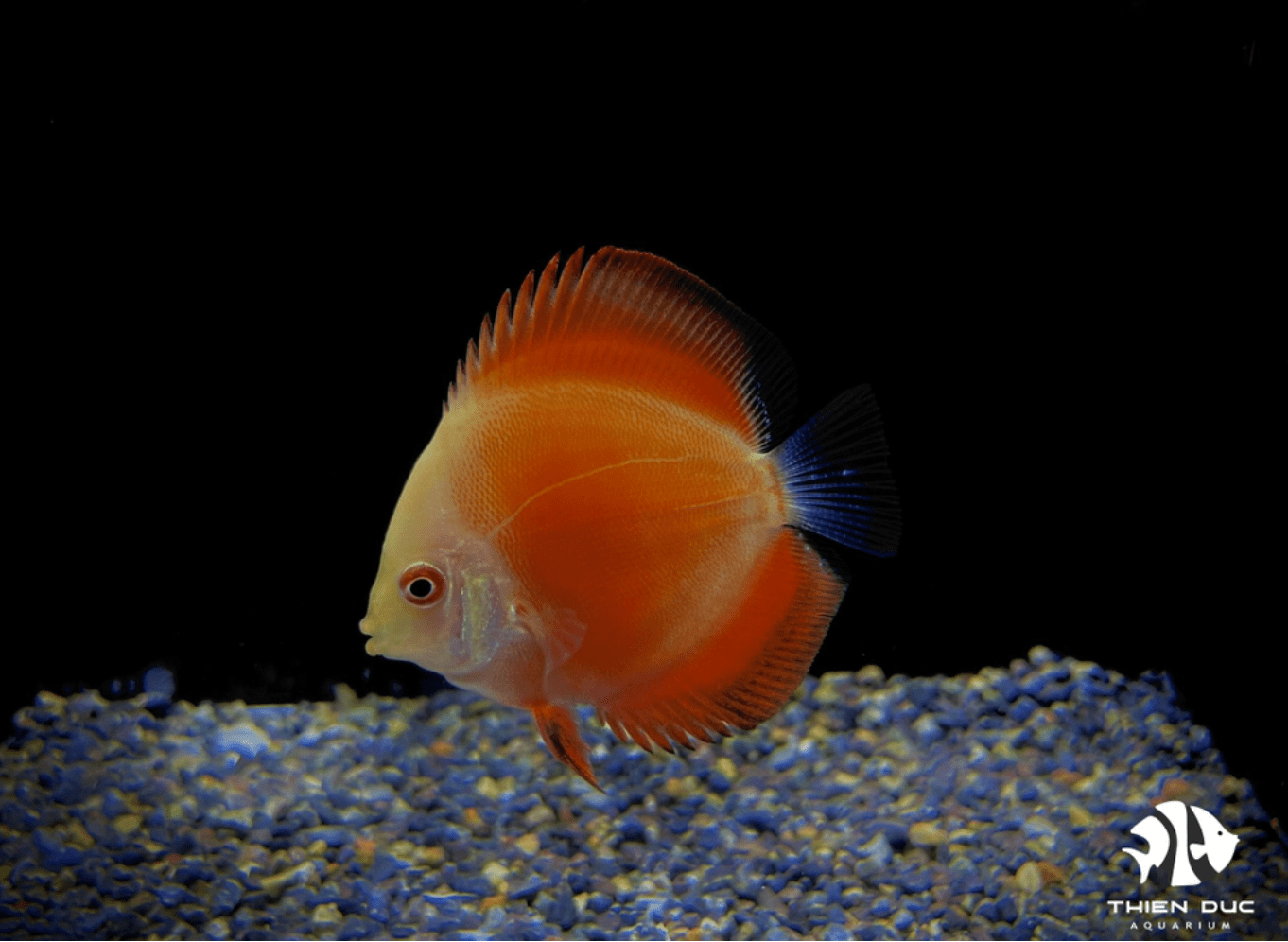Driftwood Types for Fish Tanks: Choosing the Right Wood
Driftwood brings a natural, captivating aesthetic to any aquarium, transforming it into a slice of a submerged forest. Beyond its beauty, it's vital for a healthy ecosystem. At THIENDUC AQUARIUM, a leading producer and exporter of freshwater ornamental fish since 2012, we understand that recreating natural habitats is key to the health of our fish. This guide will help you choose the right driftwood to create a beautiful and balanced aquascape.
Beyond Aesthetics: The Multifaceted Benefits of Driftwood
The visual impact of driftwood is undeniable, offering an organic contrast to hardscapes and vibrant plant life. A carefully chosen piece can become the focal point of a stunning layout, creating depth and a sense of natural maturity. However, the benefits extend far beyond beauty.

Biologically, driftwood provides a vital surface area for beneficial bacteria to colonize. These microorganisms are essential for the nitrogen cycle, breaking down harmful ammonia and nitrite into harmless nitrate, thus maintaining a stable and healthy environment for your fish. For aquarists in the EU who prioritize animal welfare and natural habitats, this is an important consideration. Furthermore, many types of driftwood release tannins, natural compounds that can lower the water's pH and hardness. This creates a "blackwater" environment, which is highly beneficial for certain fish species, including many wild-caught varieties that are a strength of THIENDUC AQUARIUM's product range. The gentle amber tint of the water not only looks natural but also helps to reduce stress on fish.
From a behavioral standpoint, driftwood is indispensable. It offers a secure retreat for shy fish and serves as a natural boundary, helping to reduce territorial disputes among aggressive species. It provides nooks and crannies for invertebrates like shrimp and snails to forage and hide. For many fish, driftwood is a natural source of food; they will graze on the biofilm that forms on its surface. For fish that spawn, the intricate shapes of driftwood can serve as ideal sites to lay eggs. All these benefits contribute to a less stressful, more enriching life for your fish, echoing the conditions they would experience in the wild.
A Comprehensive Guide to Popular Driftwood Varieties
Navigating the diverse world of driftwood types for fish tanks can seem daunting, but understanding the unique characteristics of each will empower you to make the best decision for your aquascape.
Mopani Wood
Mopani wood is a highly sought-after, dense hardwood from Southern Africa. Its most striking feature is its two-tone appearance, with sections of dark, rich brown juxtaposed against lighter, sandy hues. This contrast offers a unique aesthetic that can serve as a dramatic focal point. Its high density is a major advantage, as it sinks almost immediately without extensive preparation, making it an excellent choice for new hobbyists or those who want a quick setup. However, Mopani wood is known for its initial heavy tannin release. While these tannins are beneficial, they can turn the water a dark tea colour very quickly.

Malaysian Driftwood
A staple in the aquascaping community, Malaysian driftwood is beloved for its classic, organic shapes and deep brown color. It's widely available and a reliable choice for any tank. Like Mopani wood, it is quite dense and sinks relatively quickly. It releases a moderate amount of tannins, which can be managed with proper preparation. Its often smooth, bulbous appearance makes it a versatile piece for creating everything from root-like structures to solid anchors for plants. For those in the European market who value a clean, traditional aquascape, Malaysian driftwood is a timeless and dependable option among driftwood types for fish tanks.
Manzanita Wood
Sourced from the Manzanita shrub in North America, this wood is celebrated for its intricate, branching shapes that resemble miniature trees. This makes it an ideal choice for creating a "tree" or "forest" aquascape, a style particularly popular in countries like Germany and the Netherlands. Manzanita is very durable and releases minimal tannins, which means less discoloration of your tank water. Its main drawback is its low density, which means it can take a very long time to become waterlogged and sink. Aquarists often have to weigh it down with rocks for several weeks or even months. The stunning visual result, however, is often worth the patience.
Cholla Wood
Cholla wood comes from the skeletal remains of the Cholla cactus. Its porous, hollow structure is what makes it so unique and beneficial, especially for invertebrates. The small tunnels and openings are perfect hiding spots for shrimp, who love to explore and graze on the biofilm that forms on the surface. Cholla wood releases a minimal amount of tannins and is lightweight, so it can be added to the tank with a simple rinse. Unlike most other hardwoods, Cholla wood will break down over time, providing a natural food source for shrimp and other bottom dwellers. This makes it a fantastic addition for a specialised shrimp tank, a popular pursuit among many aquarists.
Spiderwood (Red Moor Wood)
Named for its complex, spider-like network of tangled branches and roots, Spiderwood is a favourite for creating a dramatic and natural-looking centerpiece. Its lightweight nature makes it a great candidate for creating intricate, gravity-defying designs. A key consideration for this driftwood types for fish tanks is its tendency to float for an extended period, requiring patience and weighing down. Additionally, it may develop a harmless white fungus or "biofilm" shortly after being submerged. This is a natural occurrence as beneficial bacteria establish themselves, and it will typically disappear as fish and invertebrates graze on it. The Essential Preparation and Curing Process
Regardless of the type of driftwood you choose, proper preparation is non-negotiable. This is a crucial step to ensure the health and stability of your aquarium's ecosystem.
Step 1: Cleaning
Begin by thoroughly scrubbing the wood with a stiff brush to remove any loose dirt, sap, or debris. Use only water and avoid any soaps or chemicals, which can be toxic to your fish. It's also a good idea to inspect the wood for any soft, rotten spots that could break down prematurely in your tank. This initial cleaning removes most of the surface impurities and prepares the wood for the next, more important stages.
Step 2: Boiling
Boiling driftwood is arguably the most critical part of the preparation process. The primary purpose is to sterilize the wood, killing any lingering bacteria, algae, or fungal spores that could harm your aquarium. Boiling also helps to remove a significant amount of the tannins, reducing the initial yellowing or browning of your tank water. Depending on the size of the piece, you may need to use a large stockpot or even a clean bucket with boiling water. You can repeat this process several times, changing the water after each boil until it runs clear or with a minimal tint. This is especially important for Mopani and Malaysian driftwood types for fish tanks, which are known for their high tannin content.

Step 3: Soaking
After boiling, the final step is soaking. This process serves two main functions: to continue leaching out any remaining tannins and to fully waterlog the wood so it will sink and stay submerged. Simply place the driftwood in a large container of dechlorinated water and let it soak. You may need to change the water every few days, especially if it becomes very dark. Soaking times can vary dramatically—from a few days for Malaysian driftwood to several weeks for Manzanita or Spiderwood. Patience is key here. You’ll know the wood is ready when it sinks on its own and the water no longer becomes heavily discolored.
The time you invest in curing your driftwood will pay off tenfold by preventing unwanted bacterial blooms, keeping your water crystal clear, and providing a safe, stable environment for your fish. The process is a testament to the care and dedication of the serious hobbyist.
Conclusion: Your Journey to a Stunning Aquascape
Choosing the right driftwood types for fish tanks is a rewarding journey. Each type—from dense Malaysian wood to intricate Manzanita and porous Cholla—offers unique advantages for creating a beautiful, stable habitat. At THIENDUC AQUARIUM, we are partners in your aquascaping journey. We understand the EU market's need for high-quality, ethically-sourced products. Our commitment to excellence ensures our wild-caught fish thrive in your care. We are confident you will find the perfect companions to complement any driftwood types for fish tanks discussed here.
Thank you for choosing THIENDUC AQUARIUM. We look forward to being a part of your aquascaping success.
Contact Information:
-
Address: 57 Le Thi Sieng, Tan Thong Hoi, Cu Chi, Ho Chi Minh City, Viet Nam
-
Mobile: +84903912501
-
Office: +84982577871
-
Email: thien@thienducaquarium.com










